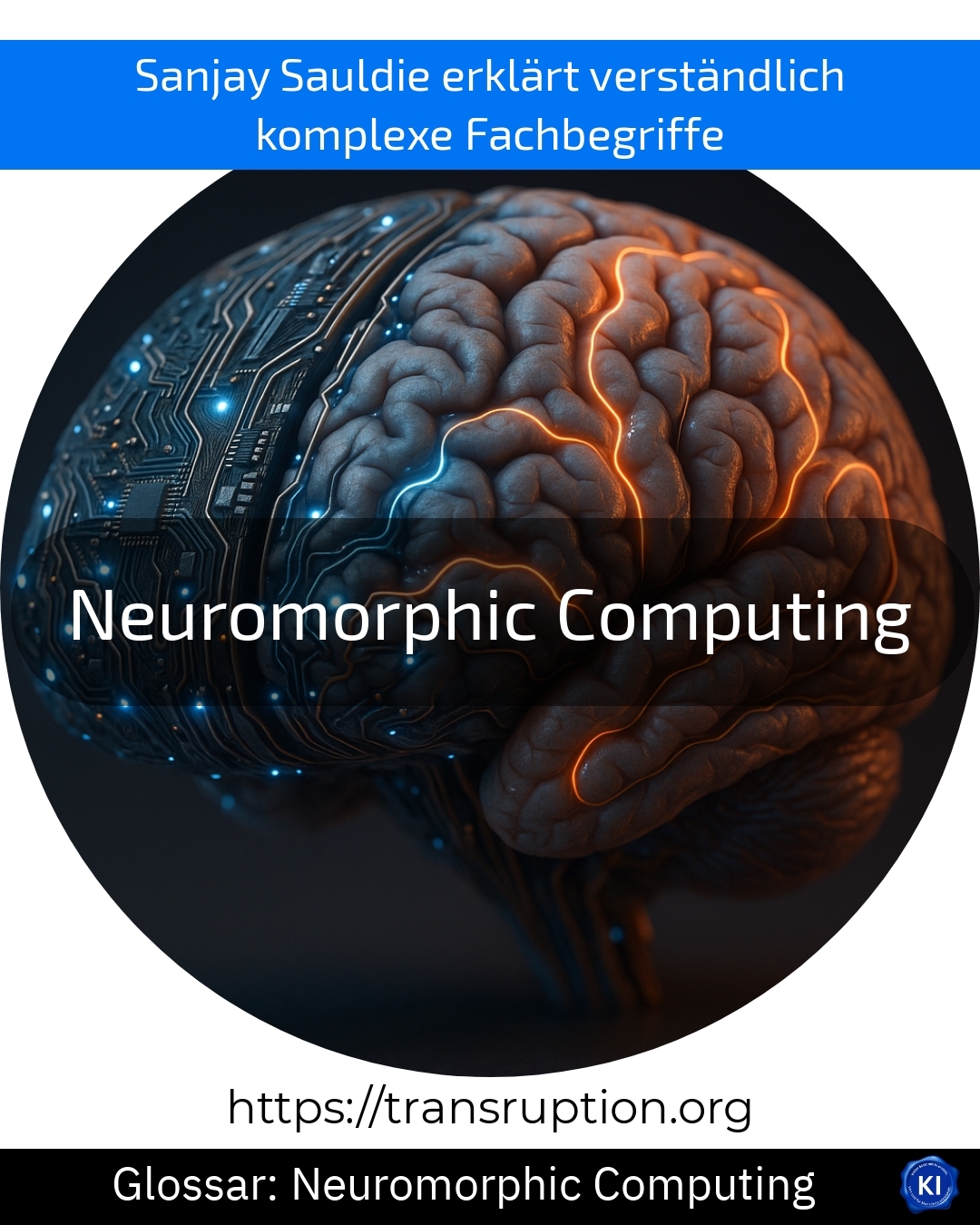Neuromorphic computing is a term from the categories of artificial intelligence, digital transformation and Industry and Factory 4.0. It describes a new type of computer technology that is modelled on the human brain. The aim is to build computers in such a way that they can think and learn in a similar way to our brains.
In contrast to conventional computers, which work strictly according to fixed rules, neuromorphic computing utilises so-called artificial neurons and synapses. These elements allow the computer to learn from experience and make decisions particularly quickly. This saves energy and makes the technology smaller and more efficient than conventional chips.
A practical example: In a modern production line, neuromorphic computers could ensure that robots recognise errors independently and react immediately. They analyse large amounts of data in real time and adapt flexibly to changing situations - just like the human brain.
Neuromorphic computing is considered an important milestone for the future of artificial intelligence. It should help to make machines more intelligent, more sustainable and more efficient.















